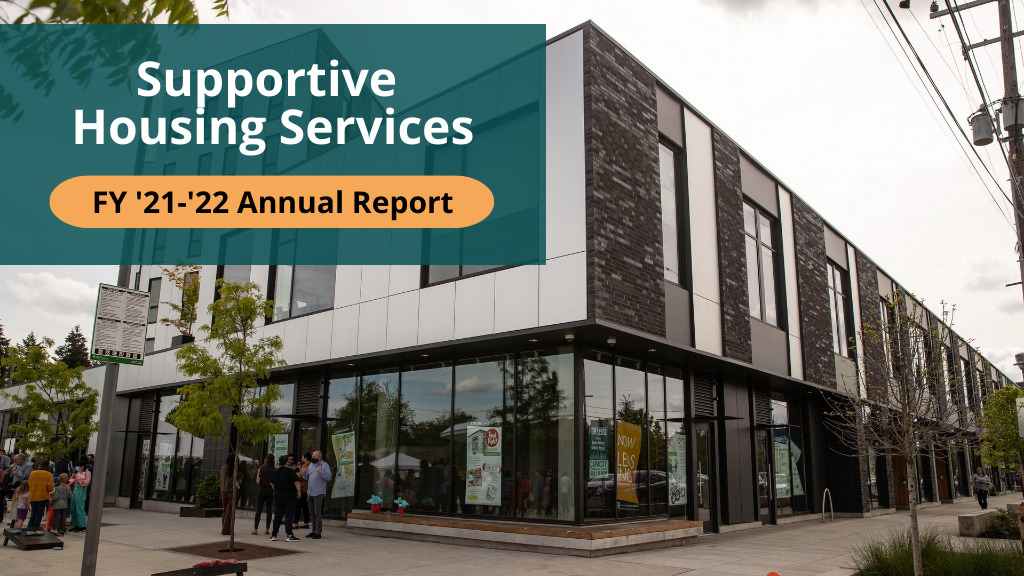
A Quote


To be and walk amongst the people on their journey, handing them those keys is the best feeling. Seeing the look on their face - that's what it's all about.
— Y'Ishia Rosborough, Housing & Sheltering Director
FY 2022 Annual Report
July 1, 2021 - June 30, 2022
Annual Report Highlights
1,129 People Housed | People from camps, sidewalks and shelters moved into their own homes.
- This accounts for ~25% of all people (4,560) that the Joint Office helped move out of homelessness this year.
- 85% experienced chronic homelessness.
- 77% of the 260 people who received regional long-term rent assistance, reported having a disabling condition.
- 94% of rent assistance recipients were still housed after six months.
Some people moved into newly opened affordable apartments funded through the Portland and Metro housing bonds and others moved into market-rate apartments already available, using rent subsidies and other incentives to make their housing costs affordable.*
*Note: This includes the successful Move-In Multnomah pilot project, which relied on landlord incentives and new ways of packaging housing services, to end homelessness for more than 200 households overall, including 125 people this year.
Other Info | Other Methods of Moving People Out of Homelessness
- Shelter | 387 people were directly supported in shelter. The funds helped the Joint Office support an ongoing shelter expansion that began pre-pandemic and persisted throughout despite the serious challenges presented.
- Eviction Prevention | Supportive Housing Services funds leveraged local, federal and state COVID-19 eviction prevention programs to help prevent homelessness for 9,156 households.
- Outreach & Services Navigation | Street-level services were expanded, providing 2,640 people experiencing unsheltered homelessness with outreach worker support to access medical, housing, and shelter resources.
- Behavioral Health Alignment | Using SHS, the Joint Office and the Health Department launched a behavioral health motel shelter program, and paired rent assistance with programs providing intensive behavioral health case management.
- Employment & Hygiene Services | More than 359 people received employment training through Supportive Housing Services, helping them earn income. In hygiene services, a mobile shower and hygiene program provided over 2,817 showers and completed additional outreach to an estimated 1,000 people.



